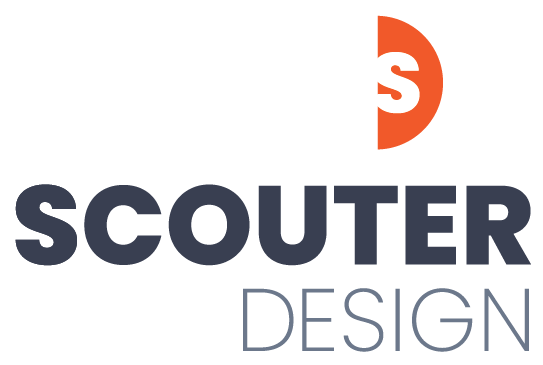Design Your Touchpoints
Published on Feb. 16, 2024
Each business has touchpoints, from driving the consumer to our business all the way through to the point of sale and beyond. As business owners, we have the opportunity to customize each touchpoint in a way that sets us apart from our competitors.
Stock vs. Custom Photography
Published on Jan. 16, 2024
The beginning of the year is a great time to start planning for new assets for your business's brand. And, photography is probably one of the most effective components of your brand. So, when should we use stock photography and when should we splurge on custom photography?
Love Your Audience
Published on Feb. 8, 2022
When we think of some of our favorite businesses, we have a very distinct set of emotions towards them. This is done by design and with intention. A successful brand is tailored towards its primary audience in hopes of them falling in love with our brand.
508C: Making Information Accessible
Published on Jan. 11, 2022
Federal standards require that any information by the federal government is made accessible to people with visual and hearing impairments. These standards are included in Section 508 of the Rehabilitation Act. This article covers a few key areas to help make your document accessible in order to create a positive experience for all readers.
Branding Series: Inside the Brand Book
Published on Aug. 29, 2021
Once a business has its new logo, what's next? A brand book provides all the foundational brand attributes for your business. Employees and designers will use this guide to promote your business in a consistent and unified way in order to attract, grow, and maintain your intended audience. Read on to explore the components that make up a solid brand book.
Branding Series: The Trademark Process
Published on Aug. 3, 2021
PART 2: Last week our conversation with Dana Dickson, Trademark Lawyer, focused on the benefits of registering a business's logo, so this week we continue our conversation on the actual Trademark process, what you can expect, and some best practices to make the application process go smoothly. Read on to learn more!
Branding Series: Trademarking Your Logo
Published on July 26, 2021
PART 1: Vetting and registering a logo provides us protections by making sure that our design is not infringing on someone else's logo and that others don't copy or create a similar version of ours. If a logo is too similar to another business, it can create brand confusion with our customers. Read our conversation with Dana Dickson, Trademark Attorney, to learn about the benefits of trademarking a logo and how to decide if it's right for you.
Branding Series: The Logo Process
Published on June 20, 2021
When we talk about branding, the logo is one of the first things we think about and even though it is only one tool in the overall brand toolkit, it's a noticeable one. A logo is a visual mark that identifies your business. As you build equity in your brand by engaging with your target audience, the logo will become instantly recognizable to them. So what's the process to get to that perfect mark for your business? Read on to find out.
Branding Series: The Logo
Published on May 26, 2021
A logo can't describe all that we do but it should be distinct, reflect who we are, and be appropriate for our industry. So, whether we are developing a new brand or going through a brand refresh, choosing the right logo requires some deep consideration. Knowing what to ask ourselves when choosing that perfect mark will certainly help in the decision-making process. Read on to learn more.
Branding Series: About the Brand
Published on May 2, 2021
A company's brand is a collection of visuals, behaviors, and processes that work harmoniously together to form an impression on the world around us. A good brand accounts for a customer's experience from the very first interaction to the last, turning them into loyal followers. And it extends far beyond the logo. Read on to learn some ideas to consider as you grow your brand.
Graphic Design Lingo
Published on April 9, 2021
Every trade has its own technical language and designers are no exception. So what do we mean when we use phrases such as "flexible grid", "PMS", "negative space", etc? Read on to find out.
What to expect when meeting with a designer.
Published on March 14, 2021
Having the right information ready when meeting with a designer will help to identify your project's needs and set clear goals early on in the process. This article provides tips to prepare for the meeting and a handy guide to print out and take notes during the discussion!
Do I need a designer? And convincing the team we need one.
Published on Feb. 23, 2021
Knowing when we need a designer and how they will add value to our project is one thing. How to convince our team of the benefits is another. Read on to find out.
Design Is More Than Just Pretty
Published on Jan. 30, 2021
Design is all around us. If it's good design, we won't notice. If it's bad design, then we definitely will notice. Read on to learn how design can shape our experiences and how a designer will think strategically to put your project on the right path.
12 Point Times New Roman...(groan)
Published on Jan. 10, 2021
When a proposal comes along with strict formatting requirements, do you groan and plod ahead or do you take it on like the warrior that you are?

